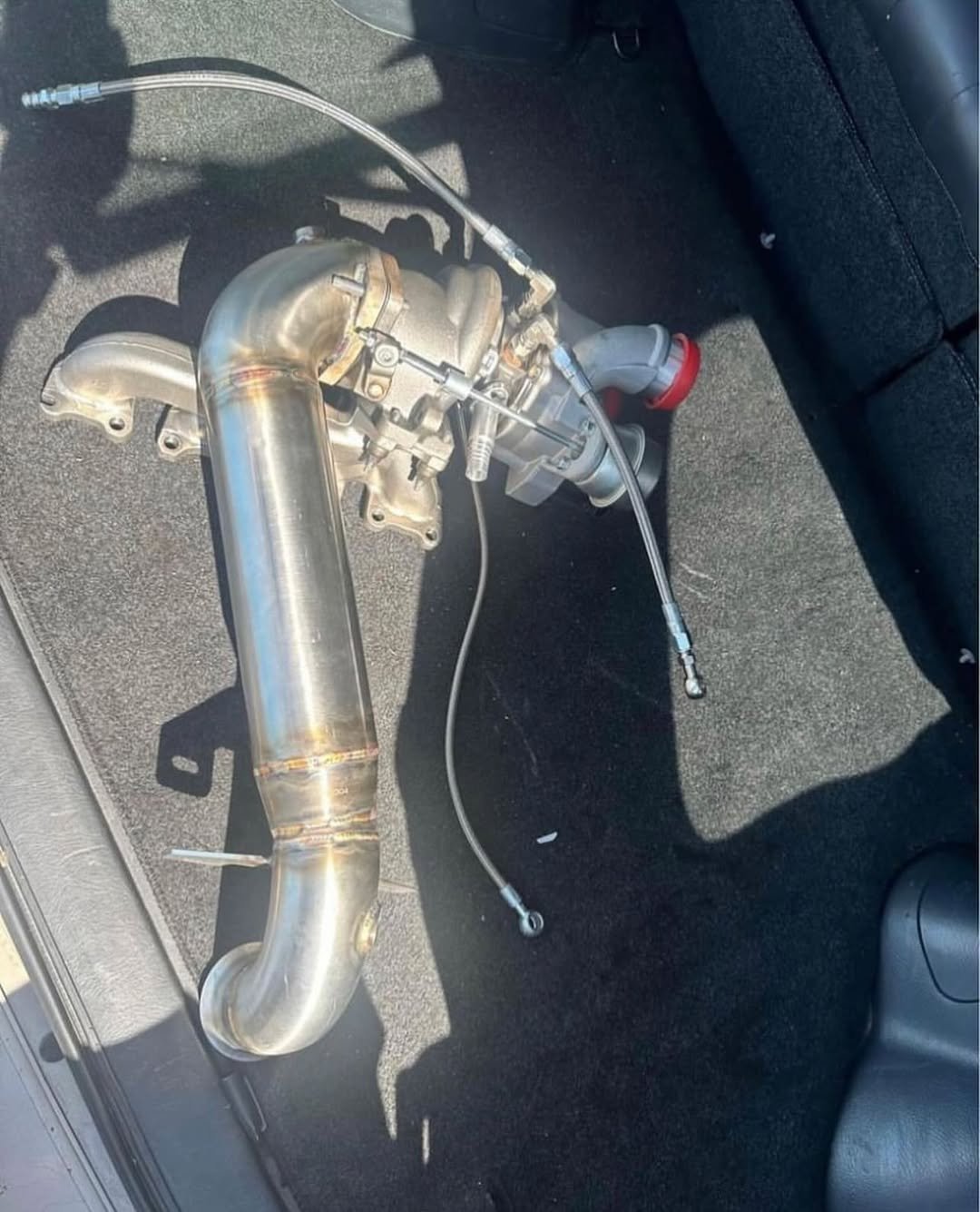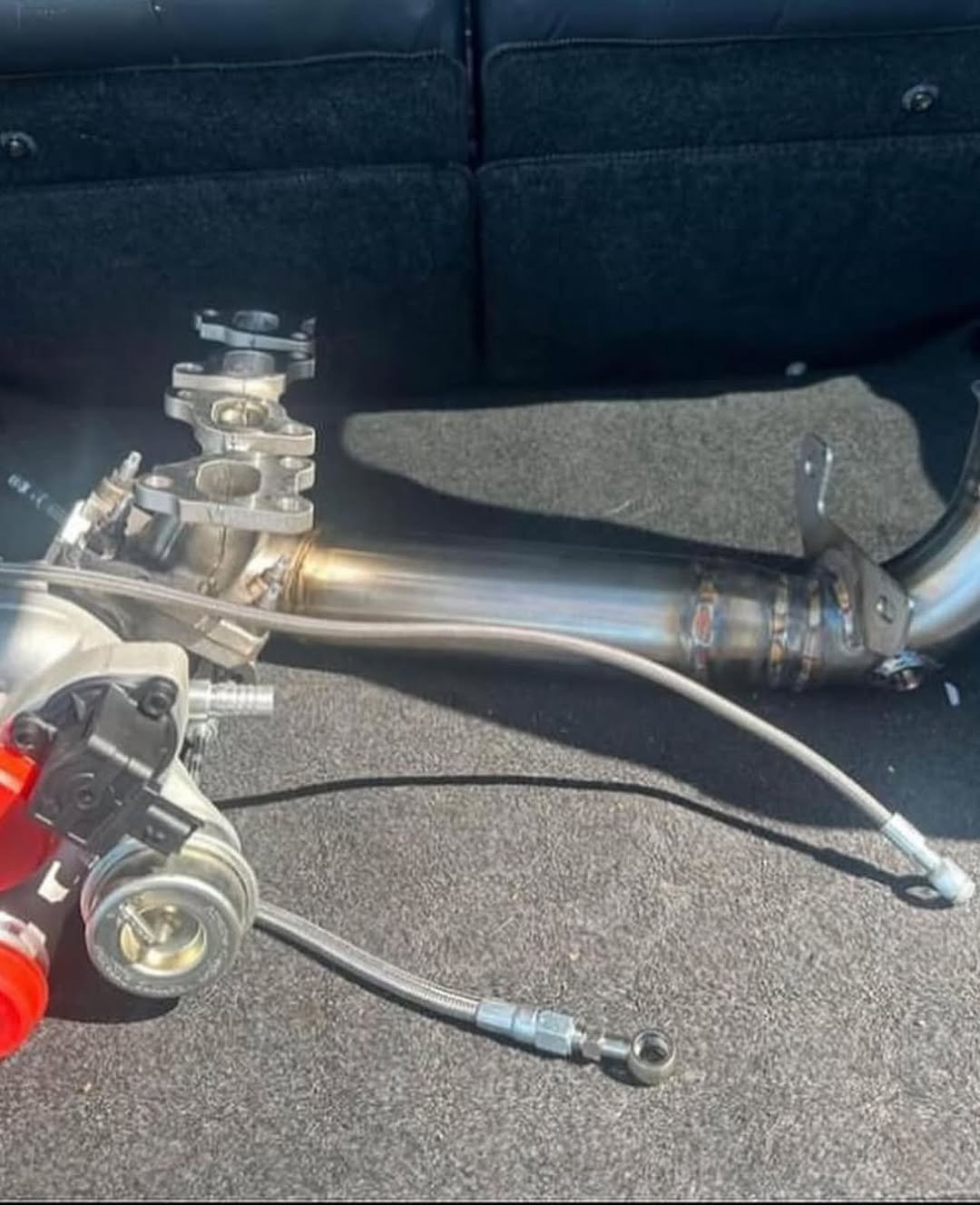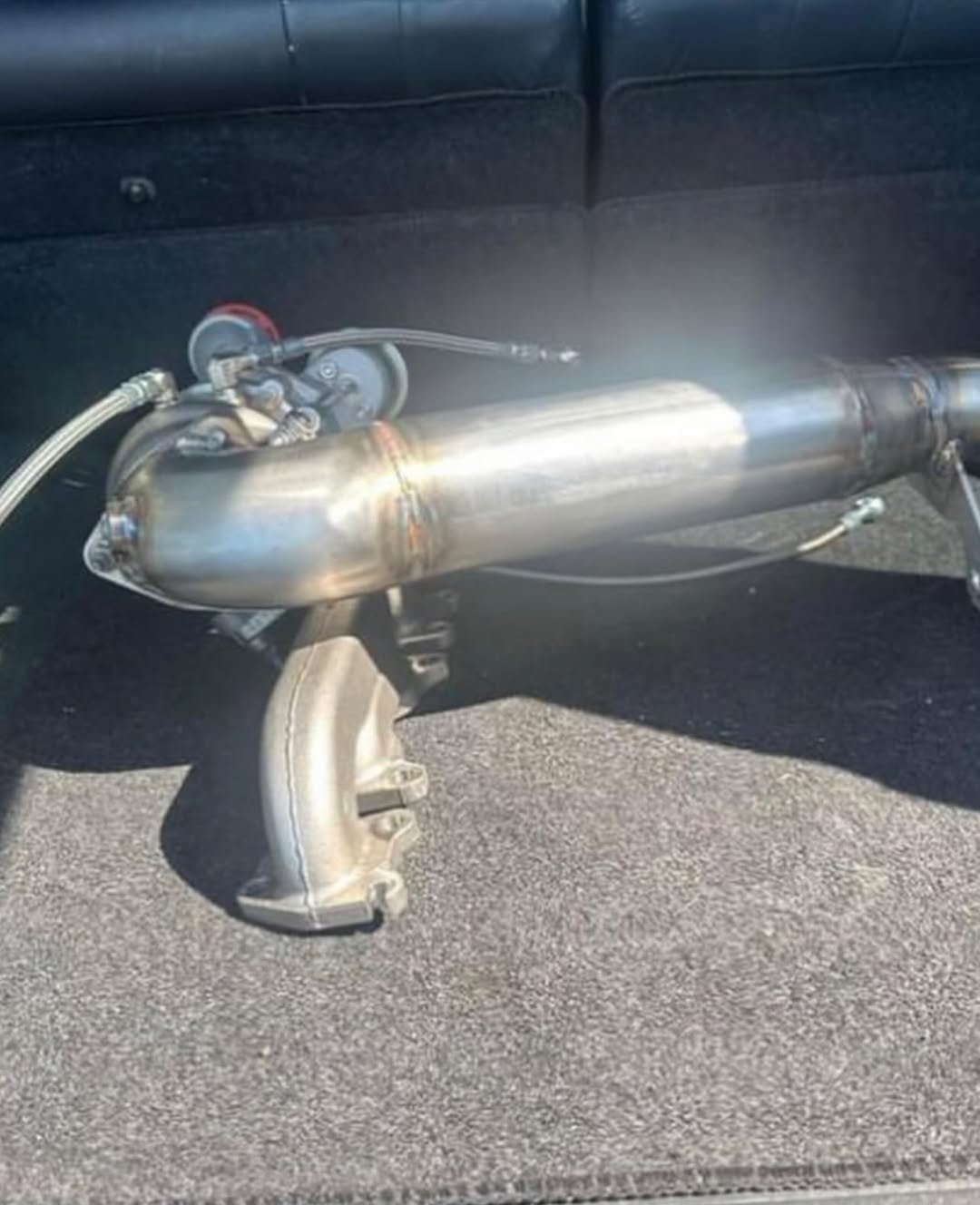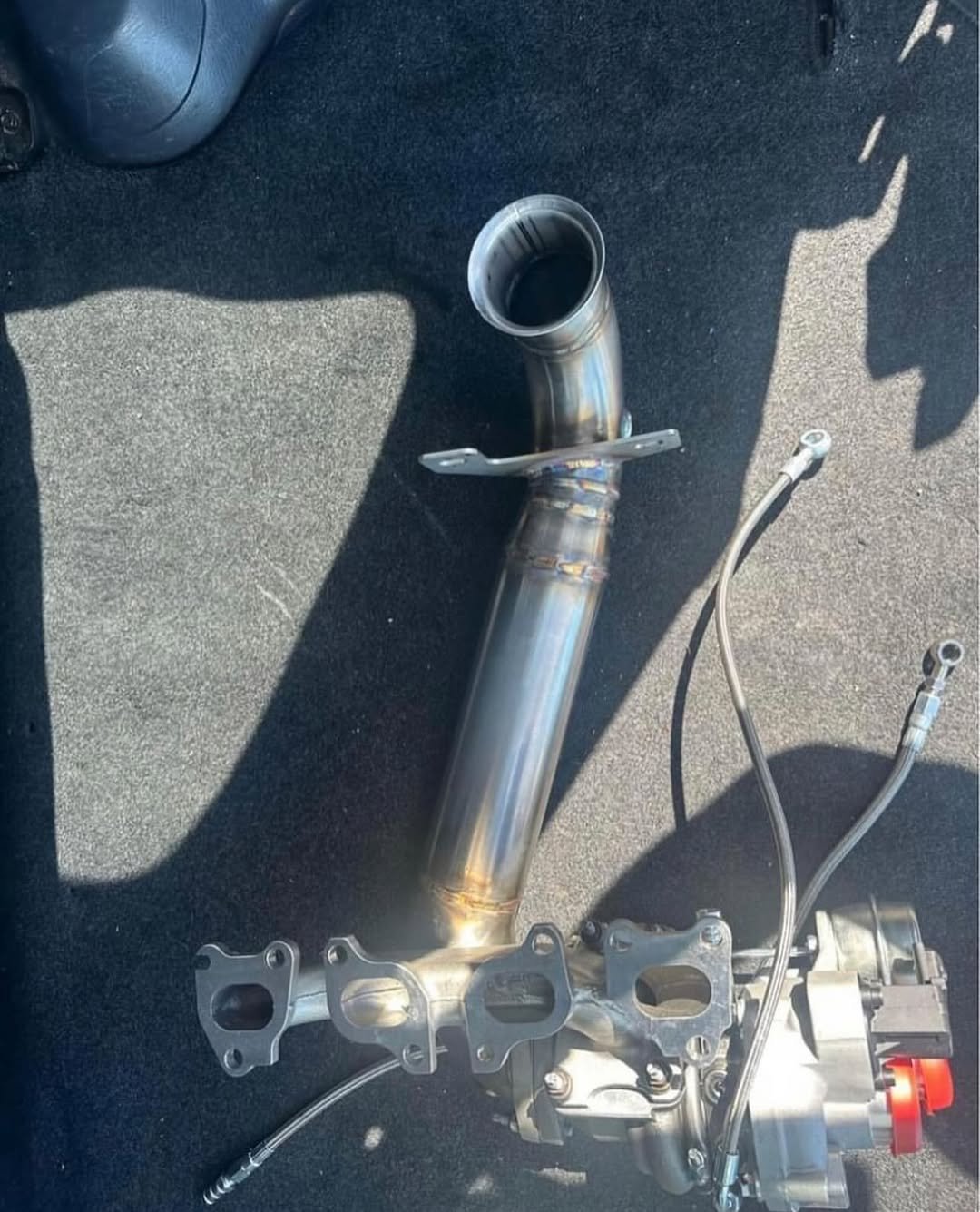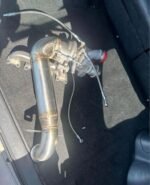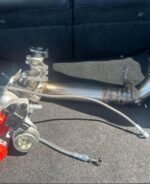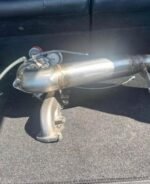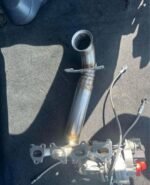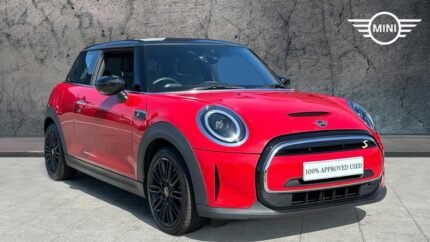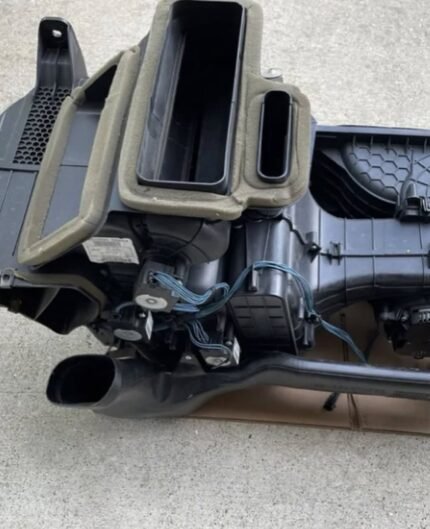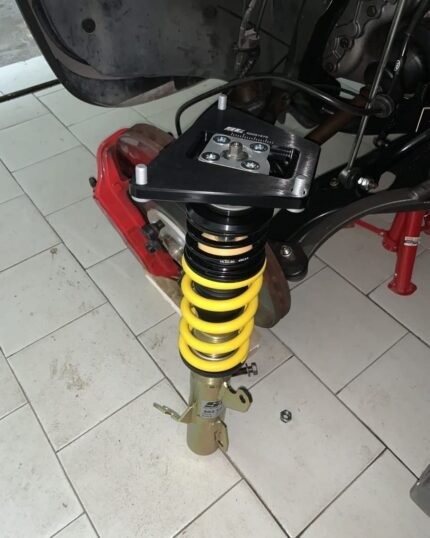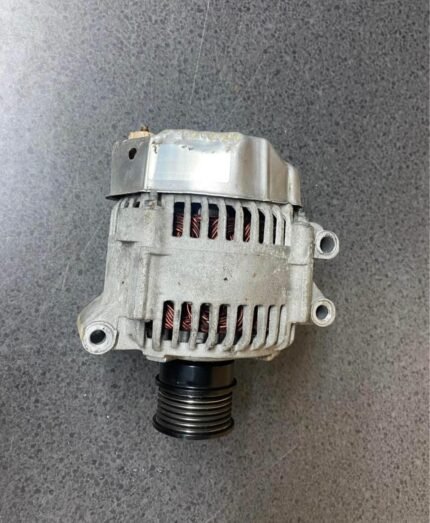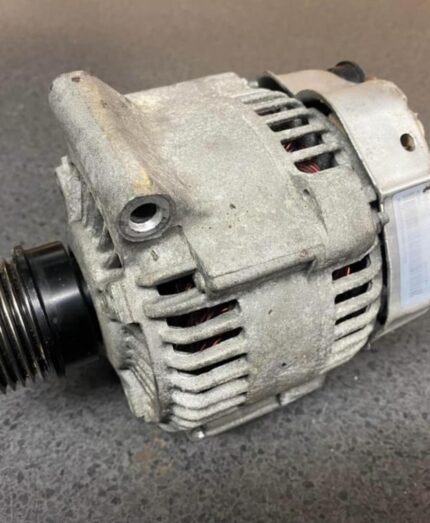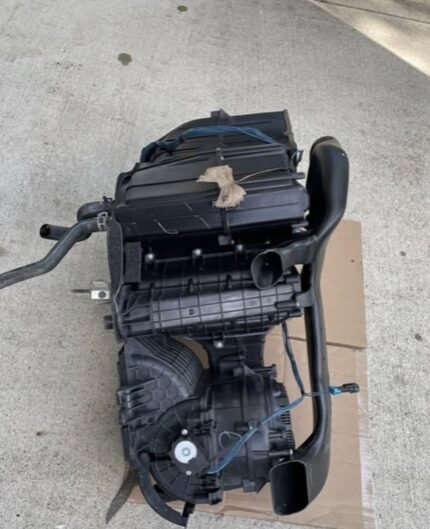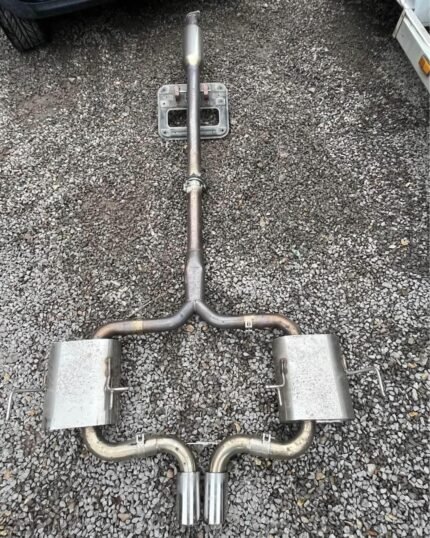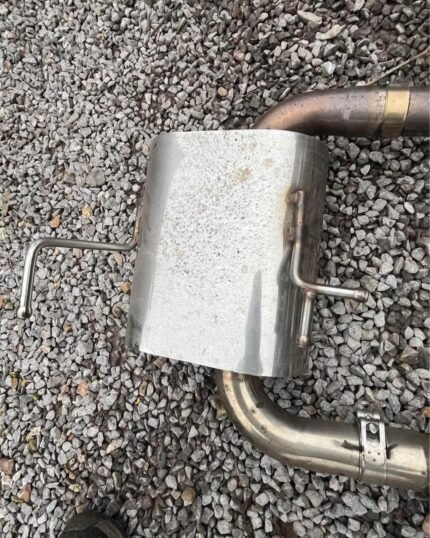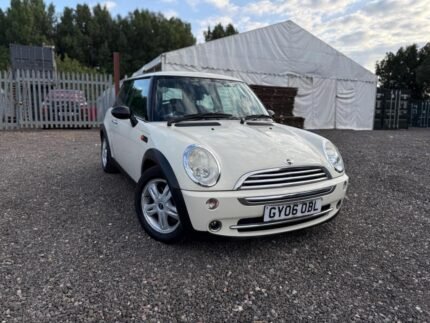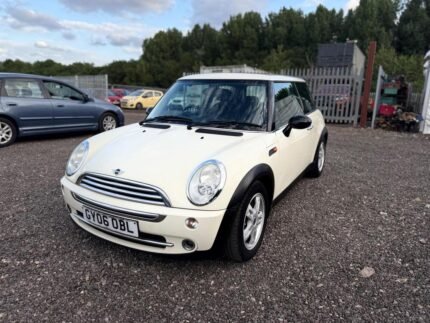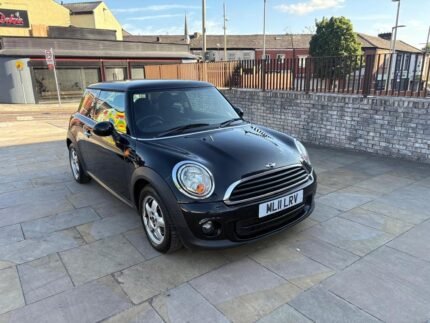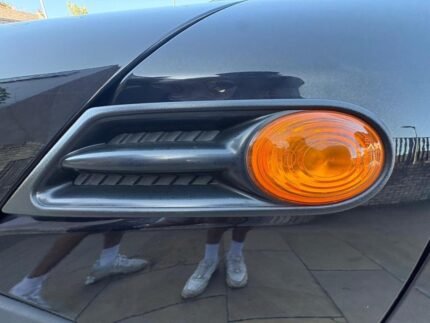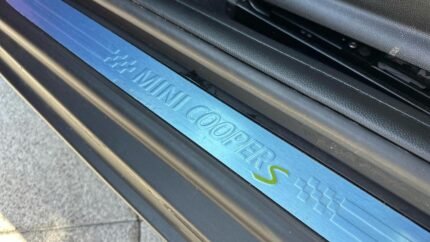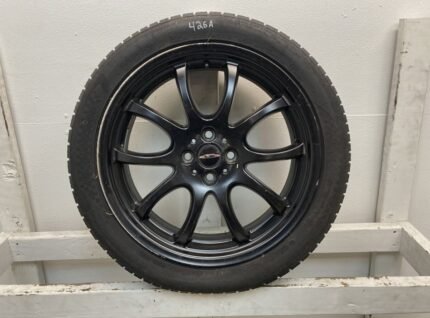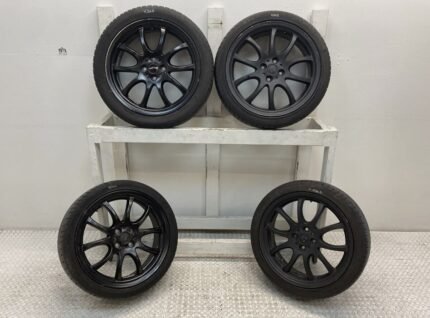The AR Design 3″ Hi-Flow Catted Downpipe is designed to enhance the performance of the Mini Cooper S (turbocharged models). This aftermarket part replaces the factory downpipe, offering several key benefits. The primary goal of this upgrade is to improve exhaust flow, which can lead to increased power, reduced turbo lag, and a more responsive throttle.
The AR Design downpipe is constructed from high-quality materials, typically 304 stainless steel, known for its durability and resistance to corrosion. The downpipe is often handcrafted in the USA, with meticulous welding techniques like TIG welding and argon back-purging to ensure structural integrity and longevity. A key feature is the inclusion of a high-flow catalytic converter (cat), which helps to reduce emissions while minimizing restriction to exhaust flow. Some models feature a 5″ heavy-metal catalyst, which is a unique design element.
Key features often include:
- Improved Exhaust Flow: The larger diameter (3″) of the downpipe compared to the stock unit allows for better exhaust gas evacuation, reducing backpressure.
- Power Gains: Significant horsepower gains are often reported, especially when combined with ECU tuning.
- Reduced Turbo Lag: By improving exhaust flow, the turbocharger can spool up more quickly, leading to reduced lag and improved throttle response.
- High-Quality Construction: The use of 304 stainless steel, TIG welding, and argon back-purging ensures durability and resistance to corrosion.
- Catalytic Converter: The inclusion of a high-flow catalytic converter balances performance gains with emissions control.
- Optional Ceramic Coating: Some downpipes offer an optional ceramic coating to protect against rust, corrosion, and extreme heat.
- Warranty: AR Design often provides a lifetime warranty against manufacturing defects for the original owner.
The AR Design downpipe is designed for a direct fit, utilizing factory-location O2 bungs for seamless integration with the vehicle’s sensors. The flanges are often water-jet cut for a precise fit, and high-strength hardware is included for secure installation.
It’s important to note that this type of modification is intended for off-highway use only, as installation on vehicles driven on public roads may violate emission laws and safety standards in some regions.

